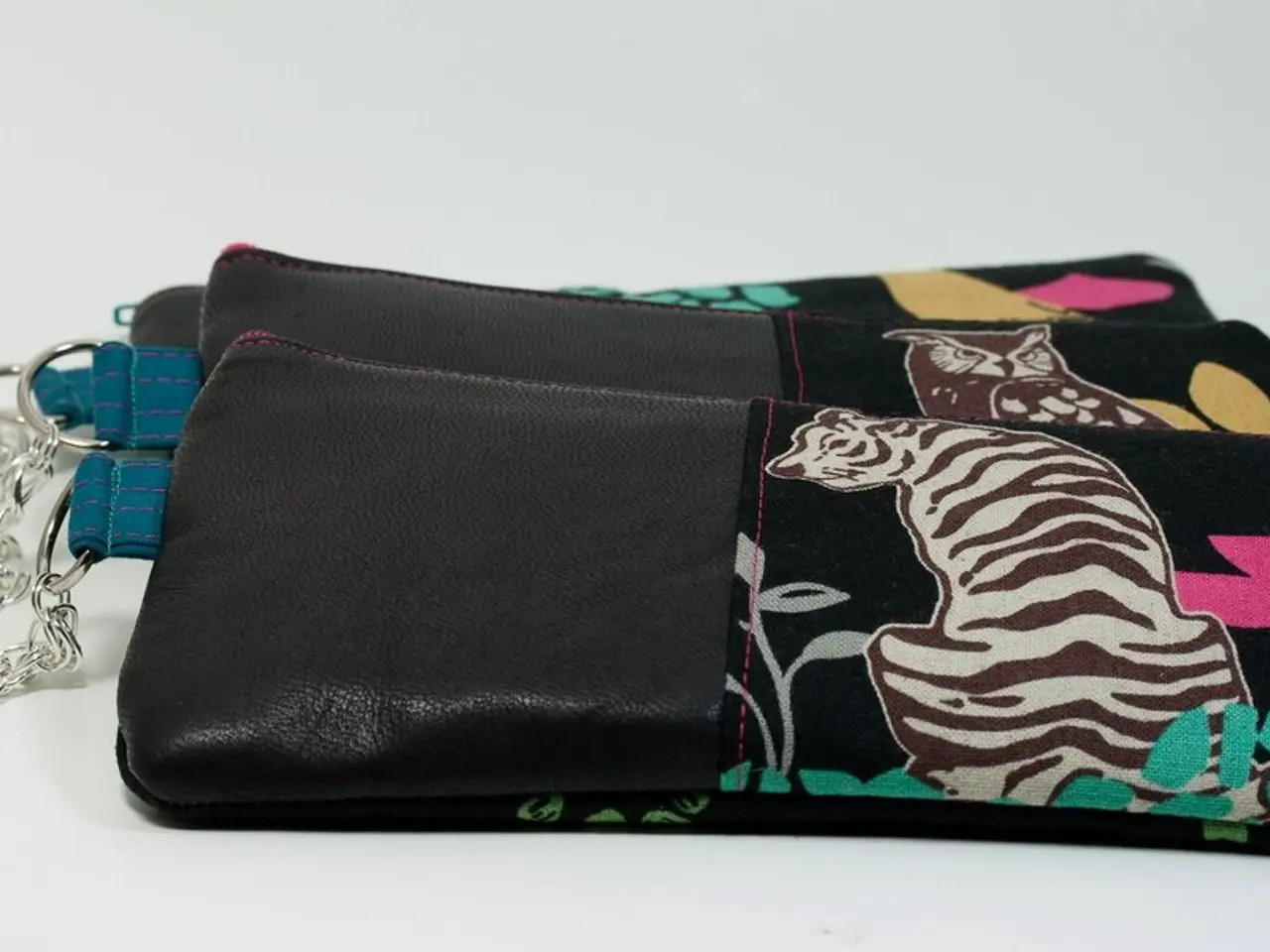A Leap in Safety: Volvo's Future-Proof Seatbelts
Volvo invents a smart seatbelt for increased safety and protection.
The humble seatbelt, a staple in every vehicle since the 1950s, has been revolutionized by Volvo with its innovative "multi-adaptive safety belt" technology. This next-gen safety feature will make its debut in the 2026 Volvo EX60 electric SUV, transforming the way we understand automotive protection.
Ever wondered why some paramedics grumble about those unyielding seatbelts? Well, Benny, a seasoned rescue paramedic, shares the same sentiments. He's seen more than his fair share of accidents and knows all too well that while airbags and assistance systems mitigate the impact of severe crashes, unfastened seatbelts dramatically increase the risk of fatalities. However, Benny isn't solely dissatisfied with the seatbelt's performance; he points out its outdated design and potential to cause injuries during crashes.
But worry not! Volvo's ingenious engineers in Sweden have been working tirelessly to improve the age-old lifesaver. Their cutting-edge seatbelt system boasts being able to intelligently adjust to different passengers and road conditions, providing a personalized protective experience.
A United Front
The life-saving system relies heavily on its integration with the central computer, allowing it to tap into real-time data from both internal and external sensors. This collaboration enables the seatbelt to fine-tune its tension according to each individual's size, weight, body shape, and seating position, ensuring optimal safety without the risk of injuries.
Traditional three-point seatbelts with load limiter profiles might have once been state-of-the-art, but they pale in comparison to Volvo's adaptive seatbelt. The new system promises up to 11 different profiles, quadrupling the capacity for tailored protection. And it doesn't stop there; the Swedes are constantly collecting real-world crash data, using artificial intelligence, and refining their systems for continuous improvement and updates.
Road Ahead
The Volvo EX90 marks the introduction of the "Safe Space Technology," which takes passenger protection to an entirely new level. At its heart lies a powerful central computer, processing real-time data from cameras, radar, and lidar to keep both passengers and the driver safe in all circumstances. This advanced technology enables the vehicle to identify potential hazards, even under challenging lighting conditions, up to 250 meters away.
This is only the beginning. The software on wheels promises to unlock numerous protective systems in the near future, creating a comprehensive safety network that anticipates, learns, and reacts to diverse threats. As artificial intelligence continues to evolve and advance, vehicles will become smarter, safer, and more predictive, ushering in a new era of automotive safety.
Volvo's cutting-edge seatbelts embody the future of automotive safety, offering customized protection that adapts to various crash scenarios and occupant conditions. Data, the new shield, will be the driving force behind this safety revolution, ensuring that we travel not just safer, but smarter as well.
Sources:- ntv.de- Peter Weißenberg- sp-x
- As Volvo's autonomous vehicles incorporate advanced technology for safety, it's crucial that the company's community policy also includes provisions for maintaining the reliability of their innovative systems, such as the adaptive seatbelts and Safe Space Technology.
- To further ensure every Volvo driver can benefit from these improved safety features, the company could offer vocational training programs in collaboration with local institutions, focusing on the latest technology in the automotive industry and its financial implications for the transportation sector.
- In addition to enhancing passenger safety, Volvo's future technological advancements might disrupt traditional business models in the automotive industry. To adapt and thrive, it's essential that the company fosters partnerships with relevant stakeholders, such as finance and transportation industry leaders, to harness synergies and remain at the forefront of automotive innovation.








